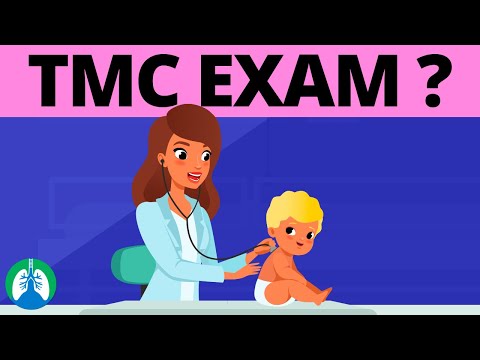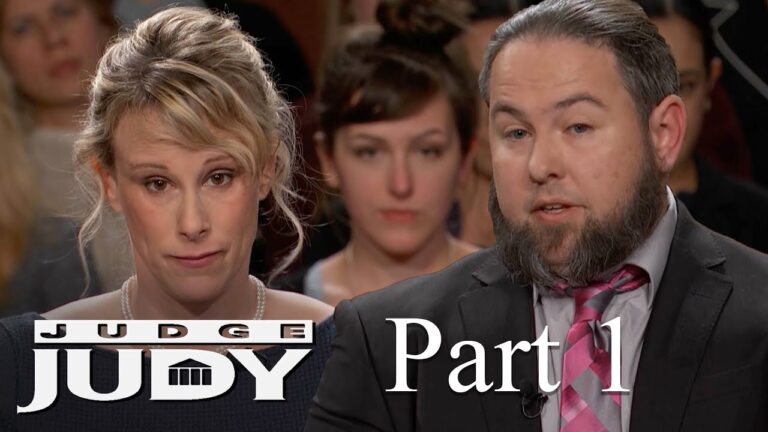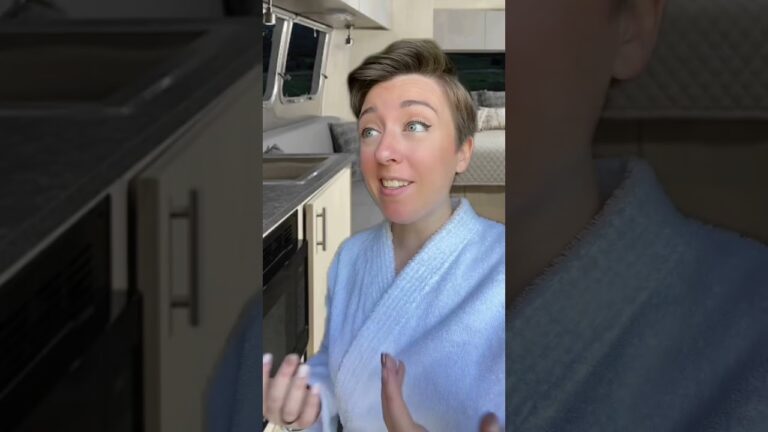Pediatrik Respiratory Therapist: Job Description & Salary

Pediatric Respiratory Therapist Job Description Template
Pediatric Respiratory Therapist Job Description A pediatric respiratory therapist is a healthcare professional who specializes in diagnosing and treating respiratory disorders in children. They work closely with pediatricians and other healthcare providers to develop treatment plans that cater specifically to the needs of young patients. Their primary responsibilities include conducting assessments, performing diagnostic tests, and administering treatments to improve lung function and overall respiratory health. They are trained to evaluate and treat a variety of conditions such as asthma, cystic fibrosis, bronchitis, and pneumonia in infants, toddlers, and adolescents. Pediatric respiratory therapists are proficient in operating and maintaining respiratory equipment such as ventilators, oxygen masks, and airway clearance devices. They are skilled in providing respiratory support and emergency care to children who have difficulty breathing or require assistance due to chronic respiratory conditions. In addition, these therapists educate patients and their families about respiratory diseases, treatment options, and proper techniques for medication administration and home care. They collaborate with other healthcare professionals to develop comprehensive care plans and monitor the progress of patients. Compassion, attention to detail, and strong communication skills are essential qualities for pediatric respiratory therapists. They must be able to work effectively in high-pressure situations and adapt their approach to meet the unique needs of each child. In summary, pediatric respiratory therapists play a crucial role in the healthcare team by providing specialized care to children with respiratory disorders, helping them breathe easier and improve their quality of life.Pediatric Respiratory Therapist Responsibilities
Pediatric Respiratory Therapist Requirements
How Much Does A Pediatric Respiratory Therapist Make?
Pediatric Respiratory Therapist Salary
| Experience Level | Average Annual Salary |
|---|---|
| Entry Level | $50,000 – $60,000 |
| Mid-Level | $60,000 – $70,000 |
| Experienced | $70,000 – $80,000 |
| Senior Level | $80,000 – $90,000 |
A Pediatric Respiratory Therapist is a healthcare professional who specializes in treating respiratory problems in children. They work closely with pediatricians and other medical professionals to diagnose and treat conditions such as asthma, cystic fibrosis, and pneumonia in pediatric patients. The salary of a Pediatric Respiratory Therapist varies depending on factors such as experience level, geographical location, and the type of healthcare facility they work in.
Pediatric Respiratory Therapist Salaries by Country
Top Paying Countries for Pediatric Respiratory Therapist
| Country | Average Salary (USD) |
|---|---|
| United States | $70,000 |
| Switzerland | $65,000 |
| Australia | $60,000 |
| United Kingdom | $55,000 |
| Canada | $50,000 |
A Pediatric Respiratory Therapist is a specialized healthcare professional who provides respiratory care to children with breathing and lung disorders. The salaries for these professionals vary across different countries. According to recent data, the top paying countries for Pediatric Respiratory Therapists are the United States, Switzerland, Australia, the United Kingdom, and Canada.
A video on the topic Pediatric Respiratory Therapist
Video Source : Respiratory Therapy ZoneInterview Questions for Pediatric Respiratory Therapist
1. What is the role of a pediatric respiratory therapist?
A pediatric respiratory therapist is responsible for assessing and treating respiratory disorders in infants, children, and adolescents. They provide therapies such as oxygen therapy, chest physiotherapy, and aerosol medication administration.
2. What are the common respiratory conditions treated by a pediatric respiratory therapist?
Common respiratory conditions treated by a pediatric respiratory therapist include asthma, bronchiolitis, pneumonia, cystic fibrosis, and respiratory distress syndrome.
3. How do you assess a child’s respiratory function?
To assess a child’s respiratory function, I would conduct a physical examination, review medical history, perform pulmonary function tests, measure oxygen saturation levels, and analyze blood gas levels.
4. How do you administer aerosol medications to children?
Aerosol medications can be administered to children using various devices such as metered-dose inhalers, nebulizers, and dry powder inhalers. The choice of device depends on the child’s age, coordination, and ability to use the device effectively.
5. How do you manage respiratory emergencies in pediatric patients?
In a respiratory emergency, I would ensure the child’s airway is clear and provide immediate oxygen therapy. If necessary, I would perform chest compressions, provide ventilatory support, and administer medications such as bronchodilators or antivirals.
6. How do you educate parents/caregivers on managing their child’s respiratory condition?
I would educate parents/caregivers on the importance of medication compliance, proper inhaler or nebulizer technique, recognizing early signs of respiratory distress, and when to seek medical assistance. I would also provide information on environmental triggers and ways to minimize exposure.
7. What role do you play in the care of premature infants with respiratory disorders?
In the care of premature infants with respiratory disorders, I would assist in providing respiratory support, such as administering surfactant therapy and managing mechanical ventilation. I would also monitor oxygen levels, perform chest physiotherapy, and collaborate with other healthcare professionals to ensure the best care for the infant.
8. How do you ensure the safety and comfort of pediatric patients during respiratory treatments?
To ensure the safety and comfort of pediatric patients during respiratory treatments, I would explain the procedure in a child-friendly manner, use distraction techniques, and provide emotional support. I would also monitor vital signs closely and adjust treatment parameters accordingly.
9. How do you stay updated on advancements in pediatric respiratory care?
I stay updated on advancements in pediatric respiratory care by attending conferences, participating in professional development courses, reading research articles, and collaborating with colleagues. I also maintain active membership in professional respiratory therapy organizations.
10. Can you describe a challenging case you have encountered as a pediatric respiratory therapist and how you handled it?
One challenging case I encountered was a child with severe asthma exacerbation and respiratory distress. I quickly assessed the child’s condition, initiated oxygen therapy, administered bronchodilators, and closely monitored their response. I collaborated with the medical team to adjust treatment and provided emotional support to the child and family. Through continuous monitoring and interventions, the child’s condition improved, and they were eventually discharged with a comprehensive asthma management plan.






